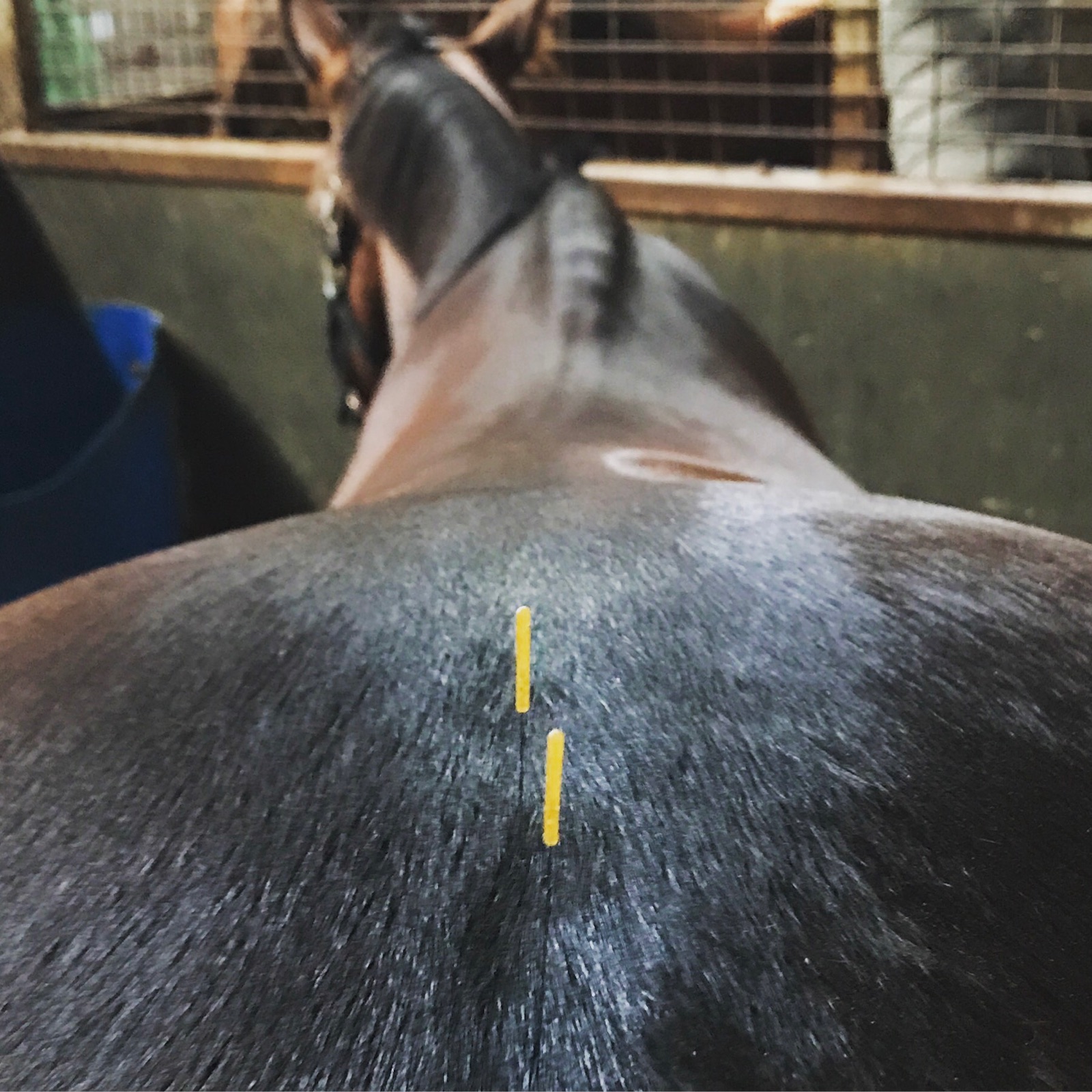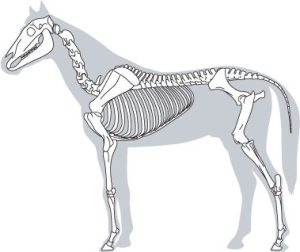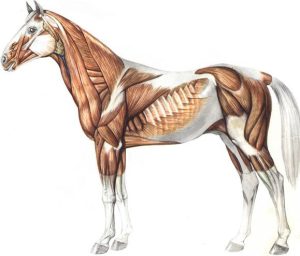
Horse Back Pain – Why It’s More Common Than You’d Think
Can you remember the last time you suffered back pain and how debilitating it was? Horse back pain can create similar problems.
Why Horse Back Pain Is A Problem
I still find it incredible that your horse’s back pain is not taken more seriously from the equestrian working professionals to the average rider. Considering the horse’s back links the kinetic chain between the front end and back and furthermore we sit on the back and then ask of the horse to gallop, collect, jump, extend etc in my mind the back is one of the most important parts of our equine friends that we need to keep in great shape!
How Do You Recognise Back Pain In Your Horse?
Has your horse had a sudden change in temperament? Maybe your horse is lacking hind-end engagement and refusing to collect? Maybe he/she resents saddle application, maybe they stopped rolling, or didn’t jump a clear round… the list goes on! The big question is, how do you recognise back pain in your horse?
Firstly, a little background to help you understand the muscle and bone structures that make up your horses back.
The “back” is a complex structure consisting of a total 23-24 vertebrae between wither and tail! Not only does it consist of bony elements, but also muscles, ligaments, and the spinal cord. It is a highly developed structure that allows your horse to perform various functional movements, but if there are restrictions or pain associated, it can impact severely on your horse’s performance and may also negatively effect your horse’s nature.
Horses communicate… they just don’t have annoying voices like most of us…. It is all about knowing what signs and symptoms to look out for. These can include:
- bucking/rearing
- lacking hind-limb engagement
- difficulty with particular movements e.g. flying changes
- difficulty collecting
- resentment of saddle application
- a reluctance to go forward
- a reluctance to jump and many more
A few key elements to recognising back pain include:
- Clinical history: this is by far one of the most important elements of recognising back pain in your horse. Information regarding your tack, exercise routine, performance and whether your horse has had any falls, slips or spills lately, are all important information you should consider.
- Observation: I am sure you have all heard the saying- this horse has no topline… wasting of the muscles either side of the spine is a key finding in horses with potential back pain. Where there is pain, there is less movement. What happens when we don’t move? We lose it! Looking for muscle wastage can sometimes be a possible location of where back pain occurs. Also, have a look for abnormal swelling or hair loss. This can reflect a poorly fitted saddle or the position of the rider. It is also important to make sure you have a look at how your horse is resting – do they rest one leg more than the other? Are they camped under? This can give clues to if and where your horse might be experiencing back pain.
- Palpation: this is done ideally with the horse standing square and with even weight bearing. Before palpating your horse for back pain, ALWAYS run your hands over their back to make sure they are used to your touch, especially if they are typically apprehensive! When palpating a long your horse’s spine, you want to look for any muscle tension or a pain response. It is also important to make sure you feel for bony asymmetries. You will be amazed at how effective you can be at palpating this are and getting feedback from your horse.
- Examination during movement: this is great way to recognise if back pain in your horse is present and whether functionally, it is impacting your horse. Try videoing yourself leading your horse in straight lines and small circles, at both the walk and the trot. You can then have a look for yourself or show your physiotherapist/vet, and assess how your horse is moving. Some things to look out for include whether your horse is holding their back stiffly, are they rounding nicely in their circles, and most importantly are they lame.
- Ridden examination: considering our saddle placement and where as a rider we sit, it only makes sense that it can be very beneficial to assess back pain during a ridden examination. Not only should the fit of the saddle be evaluated, but your horse’s attitude and any difficulties you find with certain movements (some examples mentioned above!). It is all key information adding to pieces of the puzzle.
- Imaging: this can be also helpful to determine potential causes of back pain. This can include radiography, ultrasonography and nuclear scintigraphy. However, it is always important to discuss these options with your vet and whether he or she think that they are suitable.
How Icing Can Help Back Pain In Your Horse!
As an equine physiotherapist, I see horses with back pain, day-in-day-out. There are many modalities and treatment options I use but one that I have tried and tested, with great results, is icing. And that is exactly why I developed Equi-Ice, which is a world first in equine back care.
Studies have shown that icing can help reduce core temperature, reduce inflammation and reduce muscle soreness (especially post-exercise). This is a fantastic pain relieving option for your horse. If you click here, you can see the ice packs for horses I use every day.
So next time your horse is acting a little testy, or out of the ordinary, maybe they aren’t just being naughty, but perhaps consider whether or not your horse has back pain.
If you are concerned about your horses back, or anything else about your horse’s welfare, always consult your veterinarian and qualified equine physiotherapist.
Physio Tom.
